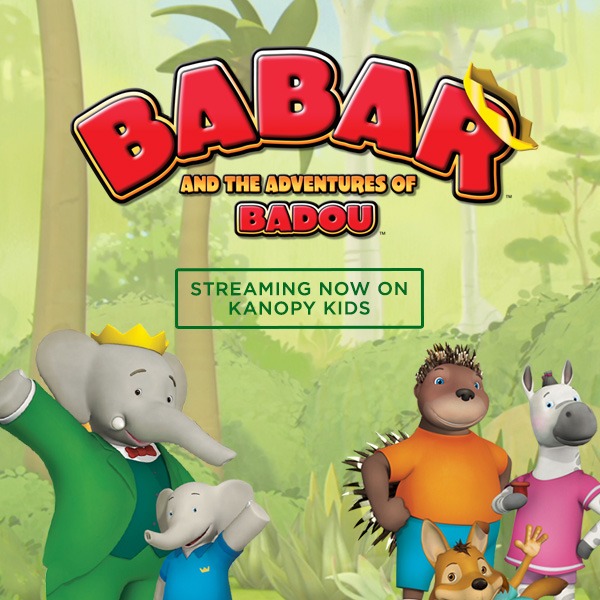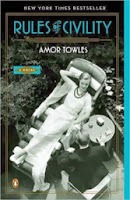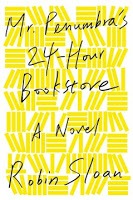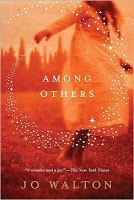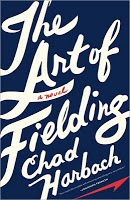Rating: 4.5/5 Stars
Genre: Historical Fiction
Audience: Adult
Format: Audiobook
Summary: Katey Kontent and her roommate meet Tinker Gray by chance on New Year’s Eve 1937 at a jazz bar in Greenwich Village. Both girls are fascinated by the sophisticated yet boyish banker and the trio struck up an immediate if tenuous friendship. That meeting and the resulting friendship leads to far-reaching consequences for each of their lives. The novel focuses on Katey’s life and choices of the following year, as she finds herself forming new relationships and mingling in the upper echelons of New York society.
First Line: “On the night of October 4th, 1966, Val and I, both in late middle age, attended the opening of Many Are Called at the Museum of Modern Art—the first exhibit of the portraits taken by Walker Evans in the 1930s on the New York subway with a hidden camera.”
Tracy’s Thoughts: First, let me say that I adored this book. Amor Towles’s rich language and vivid description bring to life a fully realized world and nuanced characters I did not want to leave behind. I don’t think the setting could have been any better depicted. The dialog, the real-life settings—everything comes together perfectly to recreate the golden ear of Manhattan, reminiscent of classic movies starring the likes of Carole Lombard, Clark Gable, Barbara Stanwyck, Henry Fonda, or Katherine Hepburn. Towles creates a lush yet uneasy world of artifice and hidden agendas that intrigues and delights. For its emphasis on betrayals, disappointments, class tensions and iniquities, Rules of Civility has even been compared to works of F. Scott Fitzgerald.
But Katey is not your average socialite-wannabe. She is also a bit of an enigma herself, having recreated herself more than once, but she does not put on airs or deny her humble origins. She is a devoted reader (an interest which plays quietly but significantly into her story) and is determined to earn her own way. As a narrator, Katey is sharp-tongued, witty, and just a little vulnerable. As her choices throughout the year reveal their consequences, the reader can’t help but feel her disappointment, uncertainty, and determination. As circumstances shift and new opportunities arise, Katey proves herself a worthy—though far from perfect—heroine.
Instead of huge events, this is a novel full of a series of small
revelations and shifts in circumstance that simultaneously feel both startling and inevitable.
Earlier clues and dropped threads reappear in a way that feels natural
and realistic rather than manipulative. But ultimately, this is a book that will appeal to readers more interested in character development that plot-driven narratives.With its careful, subtle plotting, intriguing characters, and atmospheric setting, it was the perfect book for me. It is a superbly told story of random chance, everyday life-altering decisions, and reinvention. All in all, a perfect read as the New Year approaches.



